coverage options for your policy
Generally speaking, auto coverages break down into 3 distinct categories: liability, vehicle-based, and medical. While some are required and some are optional, all are extremely valuable protections that can help financially safeguard you. Here are the main types of auto insurance coverage you can choose.
Medical coverages for drivers
Medical coverages are designed to pay for the medical care of you and your passengers after an accident.
Medical payments coverage
Medical payments coverage, also known as medical and funeral services payments, can help cover accident-related medical expenses (including funeral expenses) for you, other drivers on your policy, and passengers. It can also offer coverage if you're struck by a car as a pedestrian or cyclist.
Coverages that protect your vehicle
When your car stops running, so does your daily routine. That's why Esurance offers a slew of vehicle-based coverage options designed to help get your car or truck back on the road after an accident.
Comprehensive coverage
This coverage is for all those unpredictable elements that spring up on the road or in your driveway. Comprehensive coverage, also known as "comp" or "other than collision," can help pay for repairs (or replacement, if your car's totaled) after your car's damaged by a natural disaster, vandalism, theft, fire, or a falling tree branch.
Glass damage is typically covered under comprehensive coverage too.
Collision coverage
Collision coverage, together with comprehensive coverage, is a key component of what's often referred to as "full coverage." While your property damage coverage helps others repair their cars, collision is there to assist you. If you've caused an accident, collision helps to either repair damage or replace damaged parts of your car.
Comprehensive and collision coverages are not state-mandated coverages, but they may be required by a loan or leasing company.
Emergency roadside service (ERS) coverage
While no one can doubt the importance of collision and comprehensive coverages, none of them spring into action until the car gets to a repair shop. In the meantime, there's still the matter of towing and other roadside service fees, which can rack up in a hurry. This is where emergency roadside service comes in.
ERS (called towing and labor coverage in some states) can be purchased on policies that have comprehensive and collision coverages. It can be a big lift to those marooned by mechanical failure or in need of maintenance like tire changes, gas fill-ups, battery jumps, etc.
Rental car coverage
This coverage reimburses you for the cost of your rental car if your insured vehicle is in the shop or is unavailable due to an accident. You need to have comprehensive and collision on your policy in order to add rental car coverage. In certain states, Esurance offers CarMatch Rental Coverage® which provides you the full rental cost of a vehicle comparable to yours.
Loan/lease gap coverage
We all know that a car's value depreciates over time. But if you financed or leased a vehicle and have an accident that's declared a total loss, you might end up owing more to your financing or leasing company than the car is worth.
This is where loan/lease gap insurance can be a real saver.
Insurers don't determine your actual cash value (ACV) settlement based on what you owe, but rather on what the car is worth just prior to the accident. Let's say you owe $20,000 on your new Mini Cooper, but your car is now only worth about $16,000. If your car is totaled, you might get a settlement check of $16,000 but still owe an additional $4,000 on your loan or lease.
Loan/lease gap insurance (as its name suggests) helps bridge this divide between the ACV and what you still owe.
Liability coverages
Liability is a type of car insurance coverage that's legally required in most states. It pays for damaged property, medical care, and lost wages for other drivers and passengers if you're found at fault in an accident.
As liability coverage is required in nearly all states, so, too, are the coverage limits that come with it. Each state sets its own minimum limits (minimum maximums) that drivers must maintain on their car insurance policies. These minimums are typically expressed in a 3-tier system: 25/50/15, for example. These numbers mean the following:
- 25 – The maximum amount (in thousands) the insurer will contribute toward injury-related expenses per person
- 50 – The total amount the insurer will contribute toward injury-related expenses per incident
- 15 – The max amount the insurer will pay for property damage for each incident
Bodily injury (BI) and property damage (PD) liability coverage
BI and PD liability are the basic building blocks of a typical car insurance policy. Bodily injury insurance covers medical expenses and lost wages for injured drivers or passengers, while property damage insurance covers the repairs or replacement of damaged cars and other property (e.g., a garage, fence, porch, etc.).
Liability insurance can also help defray legal fees if you're sued for further damages.
Uninsured/underinsured motorist liability
There are 2 types of uninsured and underinsured motorist liability coverage: bodily injury and property damage. Both are designed to protect you, financially, from drivers with minimal or no coverage. Some states require drivers to have some form of this coverage. In other states, it's an option.
Uninsured motorist bodily injury liability coverage can help pay for medical expenses and lost wages of policyholders, authorized drivers, and passengers when the accident-causing driver is uninsured.
Underinsured coverage works similarly to uninsured insurance, except this coverage steps in when the at-fault driver's liability limits aren't enough to cover your post-accident expenses.
Uninsured/underinsured motorist property damage coverage helps pay for your car's repairs if the at-fault driver doesn't have enough of the required property damage coverage or if they are uninsured.

